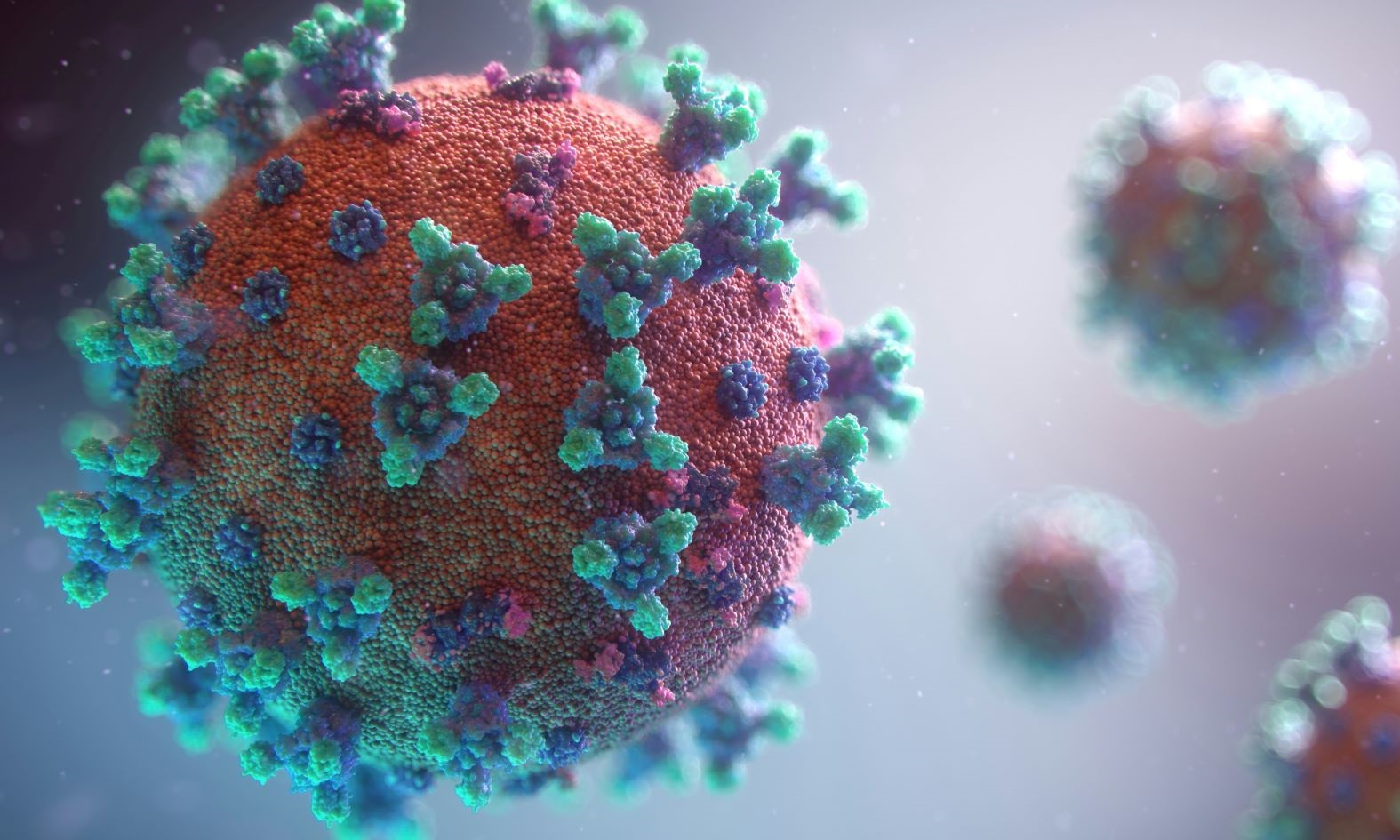New research from Western Sydney University has analysed close to three decades of data from Port Stephens, Port Macquarie and Lismore — major koala hotspots in New South Wales — to find populations have steadily declined, with disease the most common reason koalas have been admitted to care.
Published in PLOS ONE today, the study involved the retrospective analysis of 12,543 records of wild, rescued koalas at Port Stephens Koalas, Port Macquarie Koala Hospital and Lismore-based Friends of the Koala between 1989-2018.
According to Dr Edward Narayan — who conducted the research at Western Sydney University and is now based at The University of Queensland — the study identified long-term trends and key stressors that have contributed to the decline of the koalas, as well as the factors that contribute to their successful rehabilitation.
“This study indicates that, between all three rescue sites, koalas are most often rescued due to signs of chlamydia, and the outcomes of the treatment were often favorable – with most koalas released back into the natural environment following treatment,” said Dr Narayan.
The comprehensive study found:
- Lismore had the highest number of koalas prior to them being reported as sighted or admitted into clinical care.
- The age of a koala was found to be a significant factor when it came to prognosis and recovery across all sites, while sex was not.
- Incidence of disease and euthanasia were generally found to increase over the long-term, while rates of successful release progressively decreased.
“The long-term trends for these koala hotspots paint a picture of a steady decline in populations. However, it’s promising to see the majority of rescues — often undertaken by community groups and volunteers — have overwhelmingly resulted in the successful rehabilitation and release of koalas back into the environment,” said Dr Narayan.
“The analysis indicates that as disease increased in local populations, successful rehabilitation and release decreased. This trend highlights the growing pressure care and rescue groups and their resources are under.”
Dr Narayan said his past research links environmental disruption to higher levels of disease in the animals, meaning protecting the koalas’ environment is the best way to support the work of rescue groups, and to begin to stabilise the populations and reverse the trends identified.
“There is an urgent need to strengthen on-ground management, bushfire control regimes, environmental planning and governmental policy to reduce stressors impacting koalas on the North Coast and across the state.”
In further research, Dr Narayan and his Stress Lab team, with UQ PhD student Renae Charalambolous, is assessing the impact of last summer’s bushfires and the pandemic on koalas in the area, and expects to see a heightened decline in populations.








